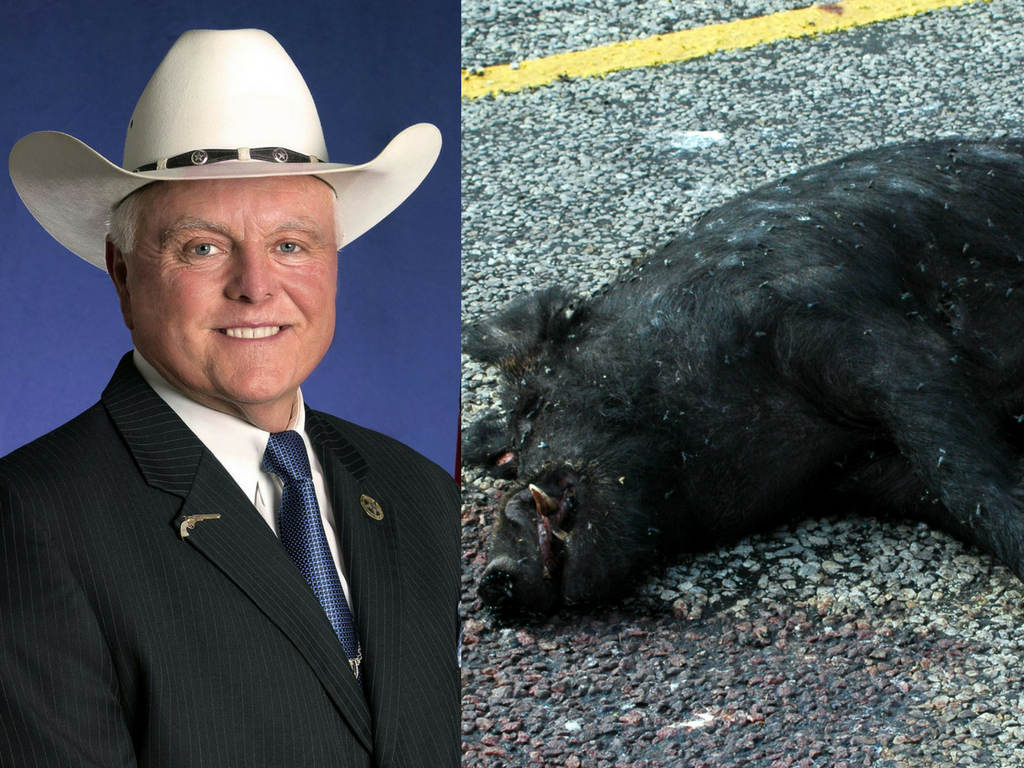
By Evelyn Merz
Texas Agriculture Commissioner Sid Miller recently announced a new weapon in the arsenal to reduce the feral hog population: a poison called Kaput Feral Hog Bait. While the former State Representative is treating Kaput like the holy grail of feral hog control, anyone who cares about ecosystem health and the humane treatment of animals should be deeply concerned.
The active ingredient in Kaput is warfarin. You or someone you know might have a prescription for Coumadin, a brand name for warfarin. Warfarin is commonly prescribed as a blood thinner to treat blood clots or to reduce their future occurrence. Warfarin can be a life saver for some people, but it started out as the active ingredient in rat poison.
We do have a feral hog problem in Texas, but Commissioner Miller’s rush to embrace Kaput Feral Hog Bait does not consider the whole picture. What if the poison-laced feed spills or is spread by the feeding hogs and other wildlife? What happens to the wildlife that feeds on the carcass of a poisoned feral hog? What are the bioaccumulation effects? Moreover, grazing livestock is not to be allowed to feed in an area that is baited with Kaput, and, according to the EPA label, no grazing livestock should be allowed in a baited area until 90 days after the Kaput is removed. How will this affect ranchers with grazing livestock?
Not to mention that it takes 1 to 31 days for a feral hog to die from Kaput Feral Hog Bait. What about the human hog hunter that might make a meal from a hog that has feasted on poisoned bait but hasn’t yet succumbed?
And speaking of the time it takes for a Kaput-poisoned feral hog to die from internal bleeding, is this how Texas shows its humanity?
Take a look at the EPA registration and be concerned: https://www3.epa.gov/pesticides/chem_search/ppls/072500-00026-20170103.pdf